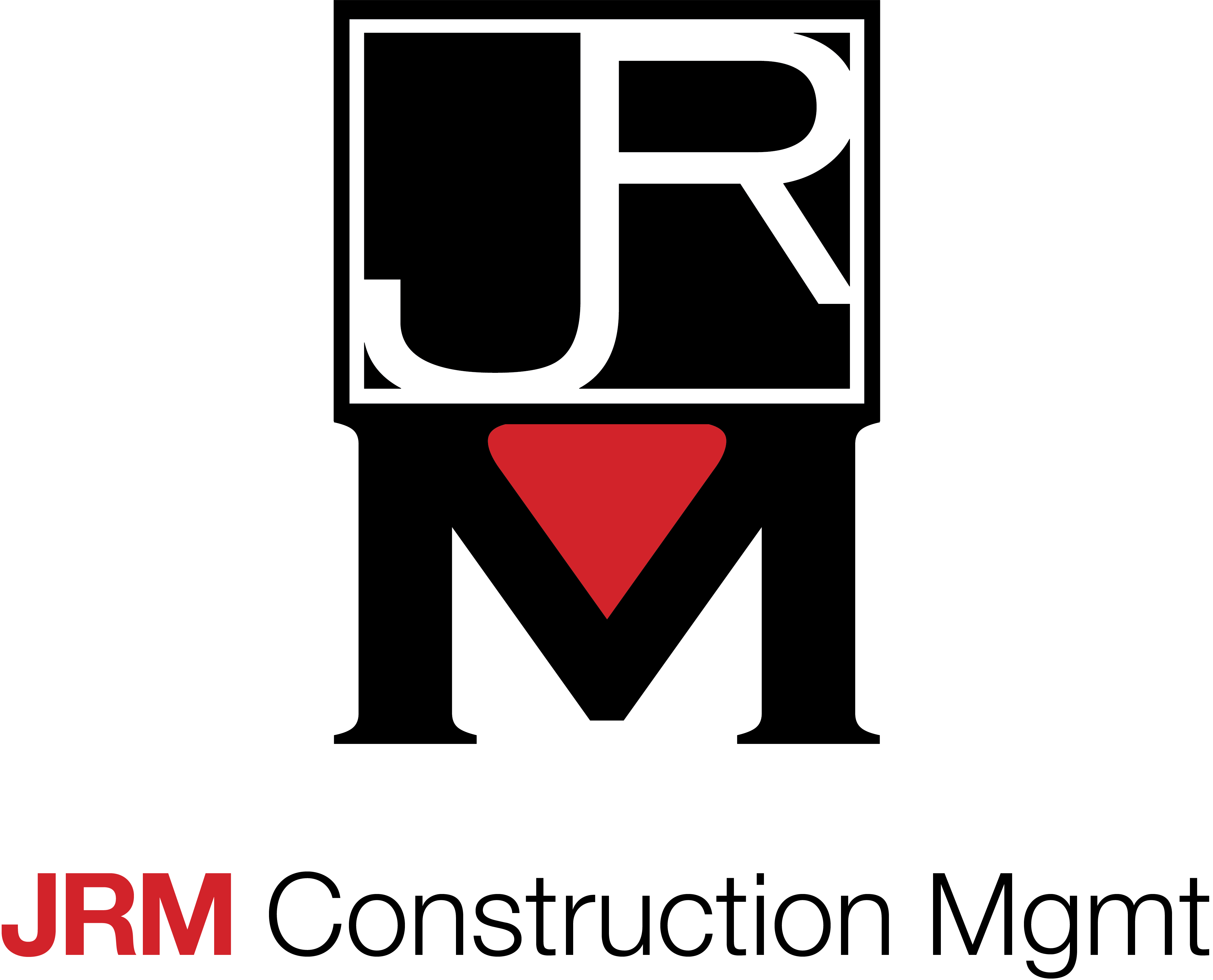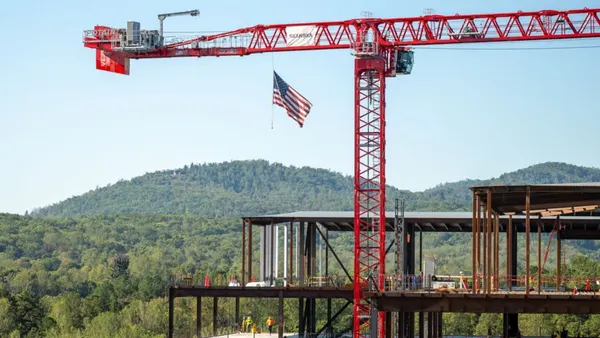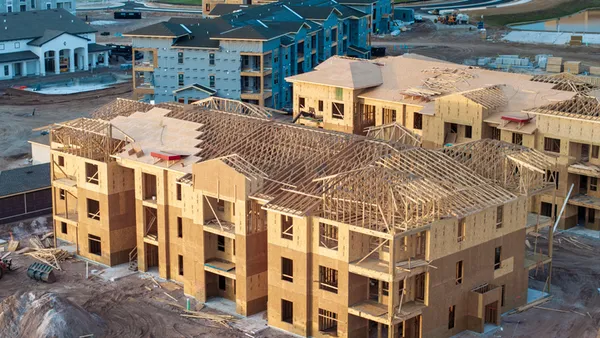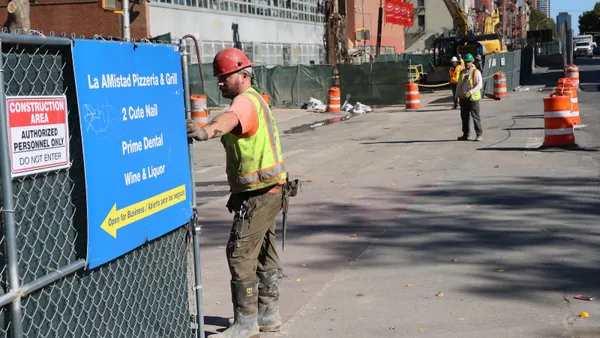Dive Brief:
- A crane safety working group advised that New York City should "phase out" the use of older cranes without modern "safety and data recording devices," the Engineering News-Record reported.
- The group — which New York officials appointed after a February Manhattan crane incident — said that implementing an age limit on cranes would force the use of the more modern, safer cranes.
- City officials have focused their efforts on crane safety since the February crane collapse during high wind conditions that resulted in the death of a pedestrian.
Dive Insight:
The group also recommended that all cranes at use in New York City have anemometers, black boxes and GPS tracking capabilities to make monitoring and control of the equipment easier. The interim reports also suggested that, similar to airplanes, equipment be inspected every day before being used. The crane safety working group is set to issue a final report after its investigation is complete.
Immediately after the February incident, New York City Mayor Bill de Blasio implemented tighter crane regulations, including restrictions on the operation of crawler cranes during high winds, increased fines, a pedestrian safety plan and a notification process for surrounding buildings when cranes are in use.
However, it was not long before city trade organizations began to complain that the new requirements around cranes were "crippling construction operations." The groups said the "stand down" requirement for cranes was set at too low of a wind speed. The "starting and stopping" of operations to meet the city requirement that cranes be taken out of commission and secured when there are sustained winds of 20 mph or more, the groups said, was having a negative impact financially and logistically. The groups also pointed out that raising and lowering booms on a more frequent basis could pose a new danger itself.













